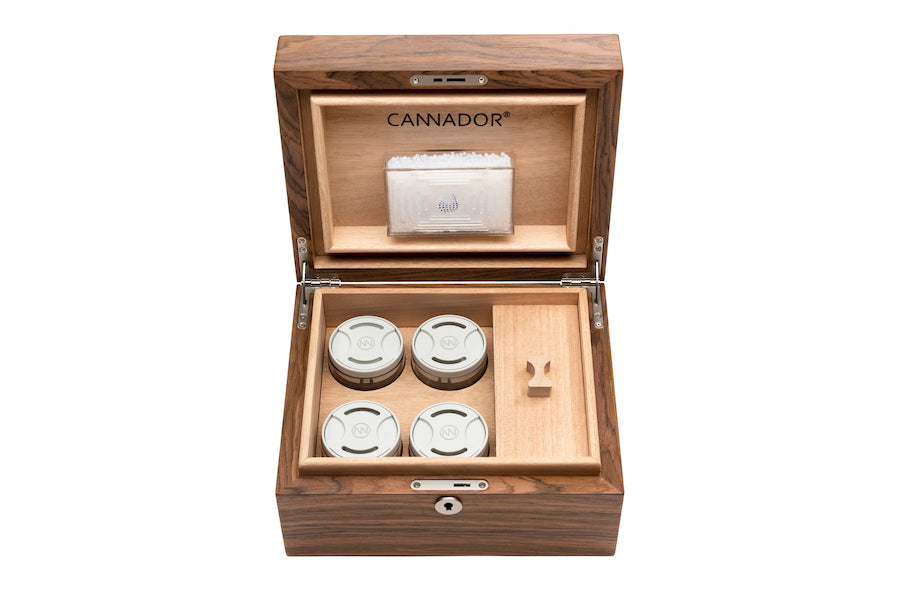It’s been a while since screenings of “Hemp for Victory” showed us how we could uplift our agricultural woes and defeat the Germans during WWII. Perhaps Spielberg is scribbling a remake as we speak. The only difference between then and now is the enemy, which in our case isn’t actually a nation, but rather an ideology in trouble; capitalism. Colorado will be first among the thirty-two states that have introduced pro-hemp legislation to produce industrial hemp, currently for research purposes, since it was outlawed in 1937, paving the way for an agricultural rebirth and the potential to put a serious dent in our IOU’s. The resources required to mill paper from wood and produce textiles from cotton far outweigh those required for hemp, however, all of the necessary machinery would need to be retooled (let alone re-invented) in order to cash in on this fibrous crop. While the US economy ekes out a mere 2.4% GDP, these are not investments business owners can afford, that is, unless the fed dangles another carrot. Mind you, these carrots are not cheap (~$1T for the Federal Farm Bill), so the broader question will be, what can the rest of the US do while congress deliberates?
A recent study by research outfit Global Industry Analysts, Inc. sees the global market for textile machinery growing to a hefty $23 billion by 2017. The study attributes this spending to a shift from conventional machinery requiring the availability of cheap labor to more sophisticated equipment that can produce better and cheaper products. What are those cheaper products? Why hemp, of course! Hemp can be harvested just 120 days after planting and it doesn’t require any particular climate to grow. It’s natural resistance to pests eliminates the need for pesticides and herbicides, reducing operating costs that are currently stifling food and textile production globally.
Getting down to the root cause of this inefficiency, it’s obvious a change is warranted. Operating profits for apparel companies have remained flat for years due to rising cotton costs, which year-over-year require new innovations in chemicals to fight off bacteria and pests. This forces apparel companies to concoct new products that incorporate “value-added” features to increase their margins, so things like conductive threads, sensors, batteries, and even small microprocessors in t-shirts and jeans have been tagged as the “future of clothing” in magazines like Wired and Fast Company. Maybe for the 1%, but in reality this is not sustainable, and eventually cotton prices will force apparel companies to use cheaper materials.
The hemp industry will spark innovation outside of Colorado in machining and production (think packaging, which we used as because it's more aesthetically pleasing and cheaper!), possibly even more so if they can receive research grants to work with the plant. Companies in those states that are not allowed to grow hemp can still participate in the Federal Farm Bill on many different capacities. Investments in hemp machinery should, therefore, not be overlooked in a possible effort to serve those states that are allowed to grow hemp. After all, how many car parts are actually made in the same plant?

Sources: Bureau of Labor Statistics, Global Insight, US Department of Commerce
Inspiration: Sativa Magazine



